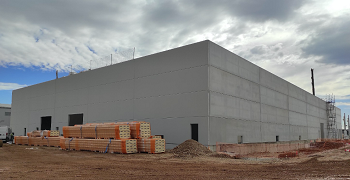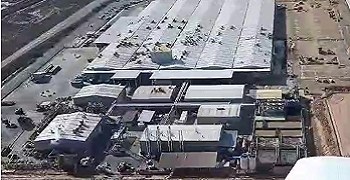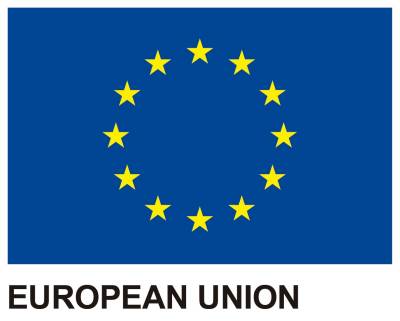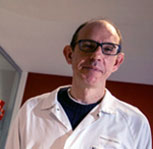Heinz’s Picasso project in La Rioja involves an investment of 68 million euros and the creation of 40 new jobs
In 1873, Henry Heinz founded a small company in Pittsburgh, Pennsylvania, USA, dedicated to the production of condiments and sauces. Today, Heinz specialises in the production of sauces and ready meals and is present in almost every corner of the world.
The American company arrived in Spain in 1988 with the acquisition of Orlando, a company founded in 1922 in San Sebastián and originally dedicated to the packaging of salted fish products. In 1961, Orlando opened its plant in Alfaro (La Rioja) and in 1964 it launched the tomato sauce that made it famous. Today, Orlando is mainly dedicated to the production of sauces.
The company’s last major operation was in 2015, with the merger of Heinz and Kraft, another giant in the agri-food sector, integrating Kraft’s sauces into the La Rioja plant’s product catalogue. In March 2022, the group officially announced the strategic reorganisation of sauce production in Europe. The plant is currently expanding its facilities to increase production, with a focus on exports.


Heinz entered Spain in 1988 with the acquisition of Orlando. How has the company developed since then?
Its development has taken place in two main ways: we have gone from being a producer of tomato sauces for the Spanish market to a producer of different types of sauces for different global markets.
In 1999 you built the current plant and are now building a new one. Will it replace the current one or will it be an extension?
It is an extension of the current plant, with an increase in our capacity, both in terms of production volume and technological capabilities, in order to manufacture the Group's future products.
What does the new plant mean in terms of production, investment and job creation?
The new plant represents an investment of 68 million euros to produce up to 60,000 tonnes of sauces per year, which will require an additional 40 employees.
First you purchased the land, and now you are already in the construction phase. When do you expect it to be operational and how will it be integrated into the market?
We plan to start the first production for the market in November 2024. Initially, we will combine the production of existing products with new innovations, and as the latter grow in volume, we will gradually increase the utilisation of the new facilities. Market integration will also be gradual.
In 2015, Heinz merged with Kraft. How has this operation affected the Spanish subsidiary?
The merger opened up new growth opportunities for us by adding a new brand, Kraft, to the group's options, which also has a long history in Spain. For example, we started to produce the famous Kraft sauce in our plants.
The Alfaro plant has been declared strategic in La Rioja. How important is Spain to the company?
What has really been declared strategic is the Picasso project, which holds significant weight within the company. The fact that the company has chosen the plant in Spain over other candidates such as those in Poland or the United Kingdom demonstrates that, at this moment, the company is placing its faith in our country.
What percentage of your production will be destined for export?
In the Picasso project, 95% of the volume produced will be allocated for export. As for our current volumes, we allocate 40% of what we manufacture for export.
What other important projects have you developed in our country?
Since the factory was built in 1999, there has been nothing like Picasso, although we have seen gradual growth over the last five years. As a result, by 2024 we plan to produce 50% more volume than in 2018, with the majority of this increase destined for export markets.
What are your next challenges?
Two main ones: the environment and digitalisation. This means the decarbonisation of our activities and the transition towards greater digitalisation of our work processes.
Photos: Heinz



